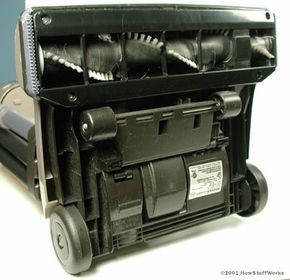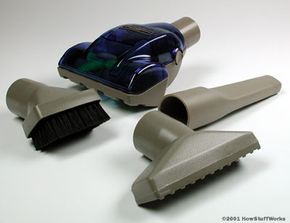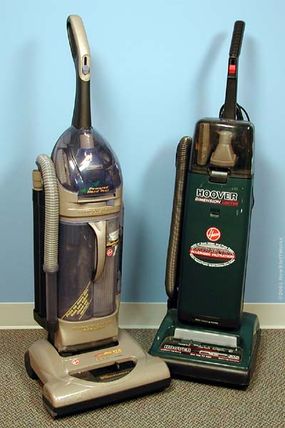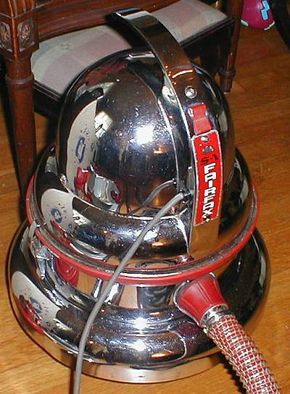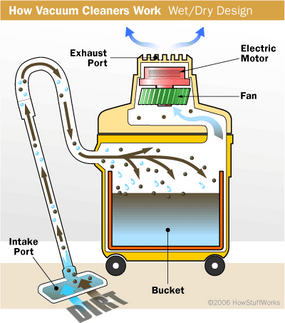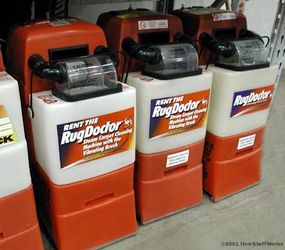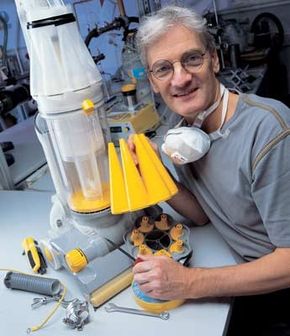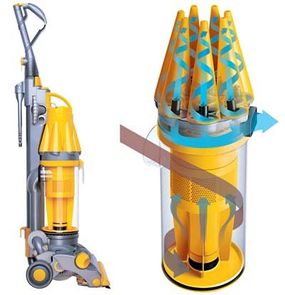Key Takeaways
- Vacuum cleaners evolved from hand-operated bellows in the mid-1800s to electric models in the early 1900s, becoming a staple in household cleaning.
- Central vacuum systems, where a motorized fan creates suction through interconnected pipes within the walls of a house, are gaining popularity for their convenience.
- Wet/dry vacuums are versatile and capable of picking up both liquid and solid debris. They use a wider area within the vacuum to slow the airstream and collect debris in a bucket for easy disposal.
When you sip soda through a straw, you are utilizing the simplest of all suction mechanisms. Sucking the soda up causes a pressure drop between the bottom of the straw and the top of the straw. With greater fluid pressure at the bottom than the top, the soda is pushed up to your mouth.
This is the same basic mechanism at work in a vacuum cleaner, though the execution is a bit more complicated. In this article, we'll look inside a vacuum cleaner to find out how it puts suction to work when cleaning up the dust and debris in your house. As we'll see, the standard vacuum cleaner design is exceedingly simple, but it relies on a host of physical principles to clean effectively.
Advertisement
It may look like a complicated machine, but the conventional vacuum cleaner is actually made up of only six essential components:
- An intake port, which may include a variety of cleaning accessories
- An exhaust port
- An electric motor
- A fan
- A porous bag
- A housing that contains all the other components
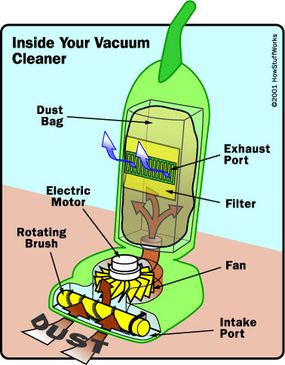
When you plug the vacuum cleaner in and turn it on, this is what happens:
- The electric current operates the motor. The motor is attached to the fan, which has angled blades (like an airplane propeller).
- As the fan blades turn, they force air forward, toward the exhaust port (check out How Airplanes Work to find out what causes this).
- When air particles are driven forward, the density of particles (and therefore the air pressure) increases in front of the fan and decreases behind the fan.
This pressure drop behind the fan is just like the pressure drop in the straw when you sip from your drink. The pressure level in the area behind the fan drops below the pressure level outside the vacuum cleaner (the ambient air pressure). This creates suction, a partial vacuum, inside the vacuum cleaner. The ambient air pushes itself into the vacuum cleaner through the intake port because the air pressure inside the vacuum cleaner is lower than the pressure outside.
As long as the fan is running and the passageway through the vacuum cleaner remains open, there is a constant stream of air moving through the intake port and out the exhaust port. But how does a flowing stream of air collect the dirt and debris from your carpet? The key principle is friction.
Advertisement

